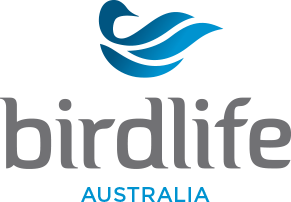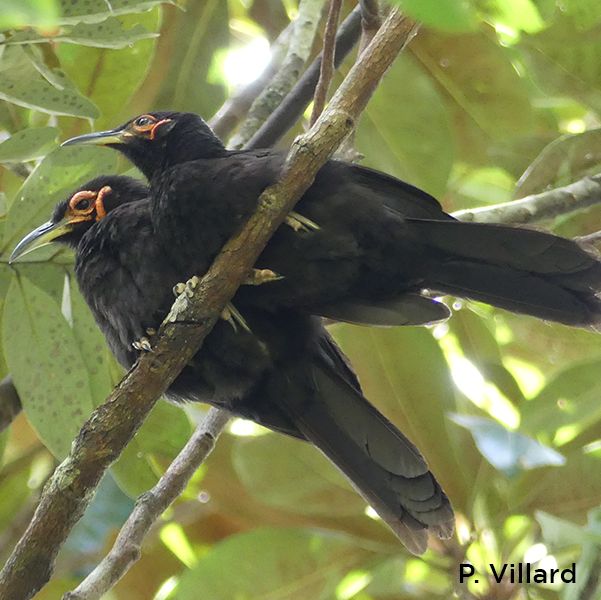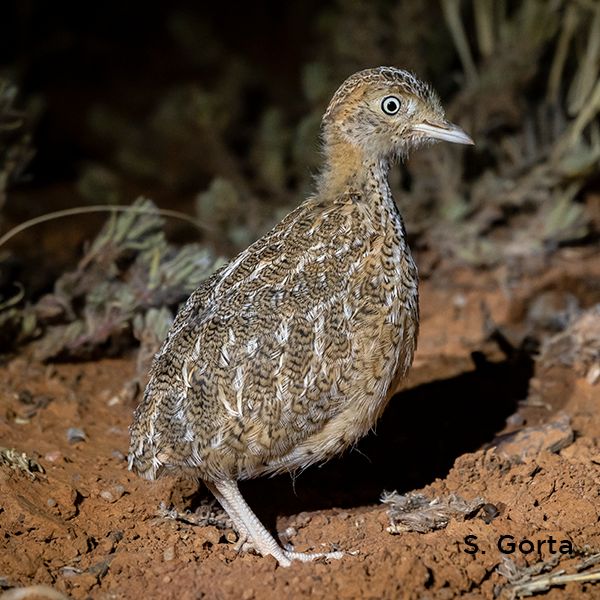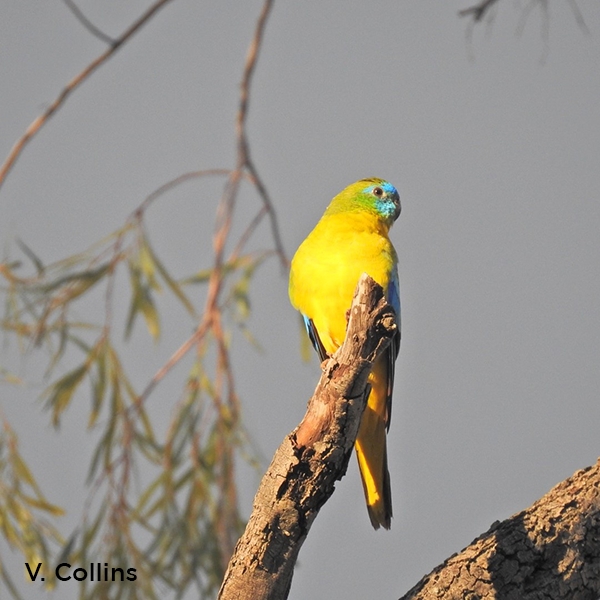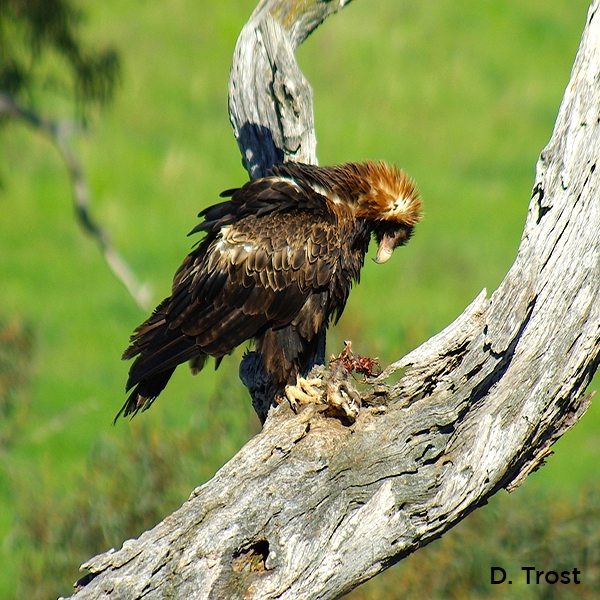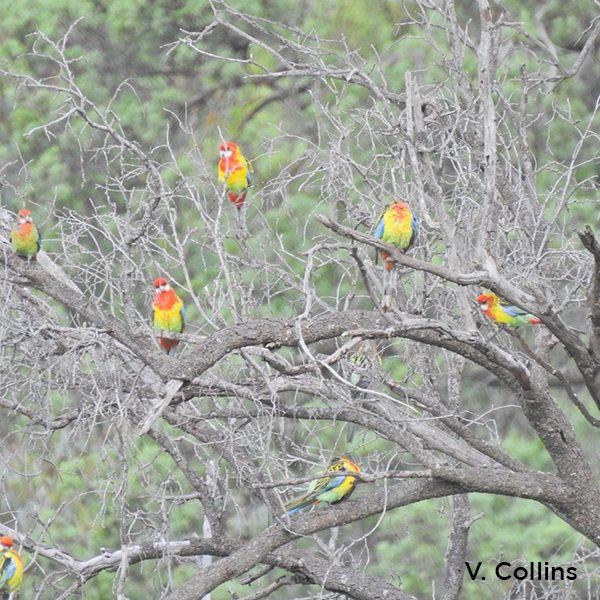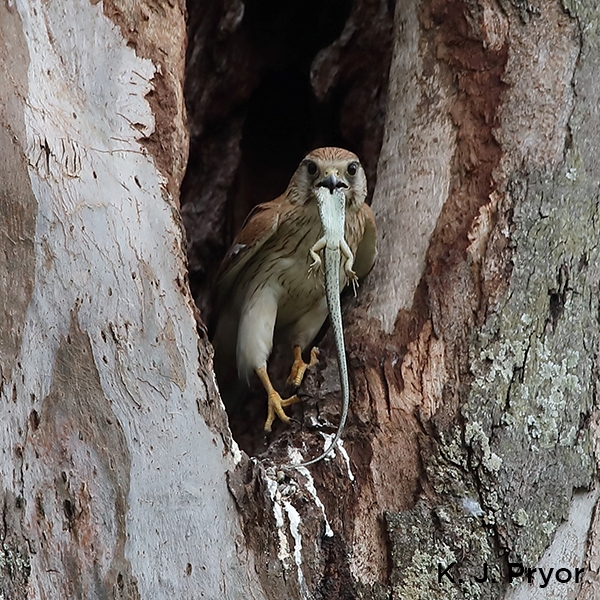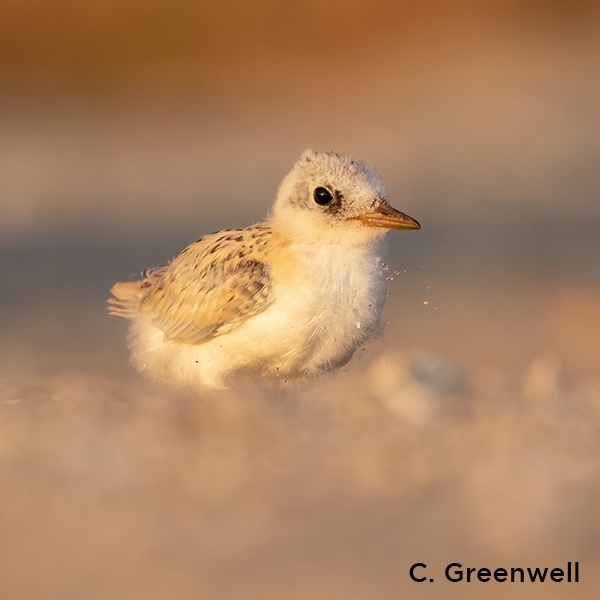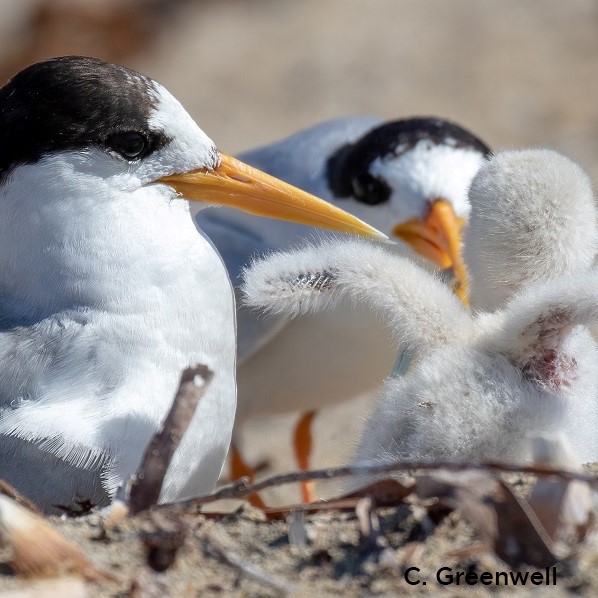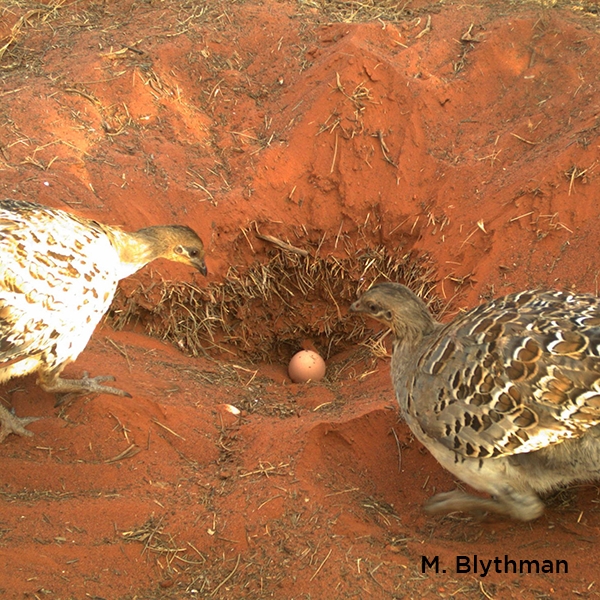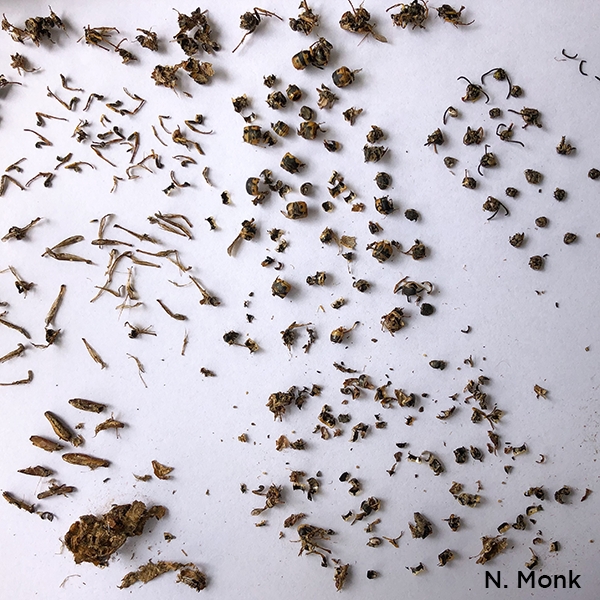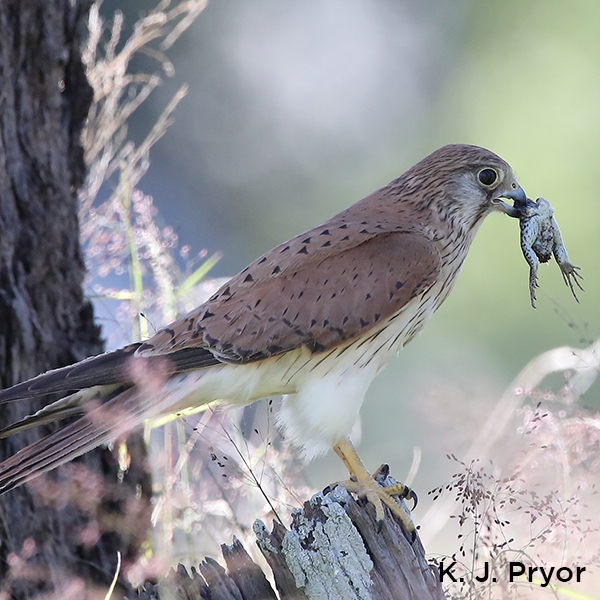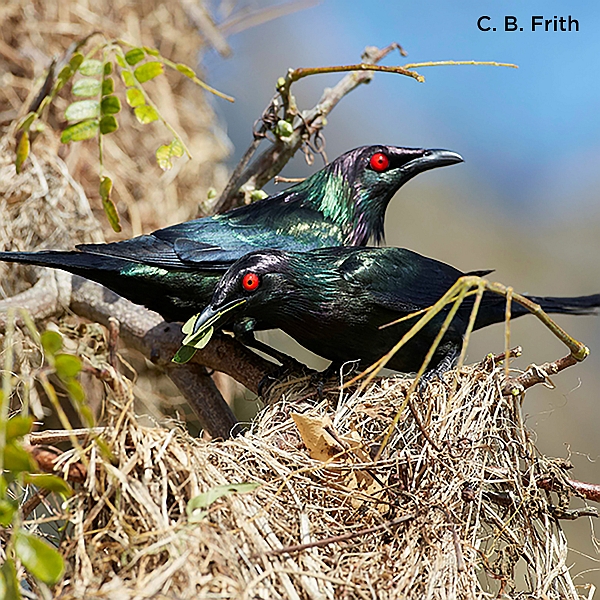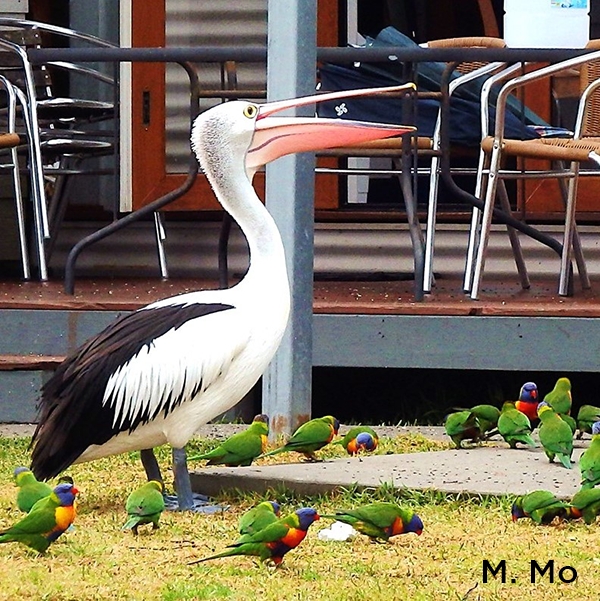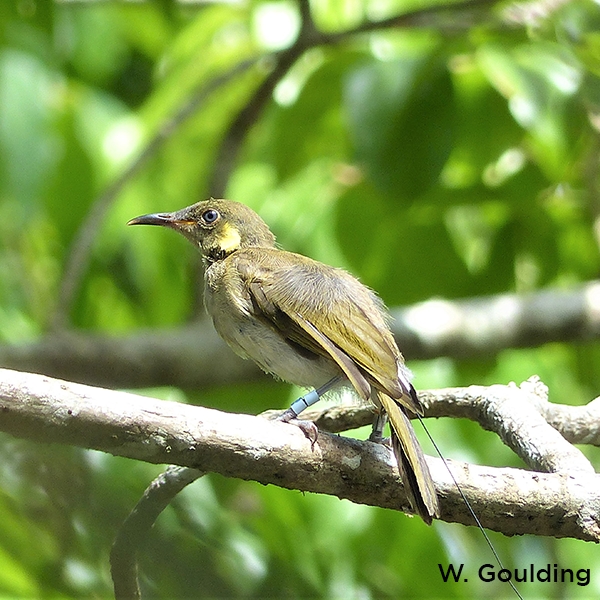Application of a novel banding technique and photographic recapture to describe plumage development and behaviour of juvenile Fairy Terns
C.N. Greenwell, D. Sullivan, N. Goddard, F. Bedford, T.K. Douglas
pp. 49-55
Abstract
The Australian Fairy Tern Sternula nereis nereis is a seabird that breeds along the coast and whose small populations are dispersed over vast stretches of the Australian seaboard and nearshore islands. In recent years, citizen science programs have been developed to bolster monitoring efforts to better understand breeding success and identify site threat profiles. The development of protocols that facilitate the collection of consistent measurements is important for long-term monitoring of this threatened (Vulnerable) species. This study describes plumage development and age-related behaviour in juvenile Australian Fairy Terns using direct observations and photographic recapture of individually marked birds. This information may be used as the basis for the development of a field ageing guide, enabling the collection of standardised information on colony demographics and juvenile development. A temporary colour-banding study was trialled by painting nail varnish onto 15 Australian Bird and Bat Banding Scheme (ABBBS) incoloy bands, avoiding the need to band nestlings with additional readable or PVC colour-bands. The varnish remained intact, albeit chipped, on four surviving birds that were resighted ≤80 days after banding, enabling the identification of individuals away from the colony site, without the need for recapture. The temporary marking of ABBBS bands using nail varnish offered an effective short-term solution for identifying individual juvenile Fairy Terns in the field and for describing plumage changes over a period of c. 3 months.
References
BirdLife Australia (2020). Beach-nesting birds. Available online: http://www.birdlife.org.au/projects/beach-nesting-birds (retrieved 18 June 2020).
Burger, J. (1980). The transition to independence and postfledging parental care in seabirds. In: Burger, J., Olla, B.L. & Winn, H.E. (Eds). Behavior of Marine Animals: Marine Birds, pp. 367–447. Springer US, Boston, Massachusetts, USA.
Cabot, D. & Nisbet, I. (2013). Terns. Collins, London. Commonwealth of Australia (2019). Draft National Recovery Plan for the Australian Fairy Tern (Sternula nereis nereis). Department of the Environment and Energy, Canberra. Available online: https://www.environment.gov.au/biodiversity/ threatened/recovery-plans/comment/draft-recovery-plan- australian-fairy-tern (retrieved 18 June 2020).
Conservation Council of Western Australia (2020). South-west Fairy Tern project. Available online: http://www.ccwa.org.au/ fairyterns (retrieved 18 June 2020).
Davies, S. (1981). Development and behaviour of Little Tern chicks (Sterna albifrons). British Birds 74, 291–298.
DSEWPC (2011). Approved conservation advice for Sternula nereis nereis (Fairy Tern). Department of Sustainability, Environment, Water, Population & Communities, Canberra. Available online: http://www.environment.gov.au/biodiversity/ threatened/species/pubs/82950-conservation-advice.pdf. (retrieved 15 June 2020).
Dunlop, J.N. & Greenwell, C.N. (2020). Seasonal movements and meta-population structure of the Australian Fairy Tern in Western Australia. Pacific Conservation Biology 27, 47–60.
Dunlop, J.N. & Rippey, E. (2007). The Natural History of the Bridled Tern on Penguin Island, Western Australia. Naragebup Rockingham Regional Environmental Centre, Rockingham, WA.
Escalante, R. (1968). Notes on the royal tern in Uruguay. Condor 70, 243–247.
Greenwell, C.N., Dunlop, J.N., Admiraal, R. & Loneragan, N.R. (2021). The secret life of Fairy Terns: Breeding chronology and life history observations of Sternula nereis nereis in south- western Australia. Pacific Conservation Biology. doi 10.1071/ PC20056.
Higgins, P.J. & Davies, S.J.J.F. (Eds) (1996). Handbook of Australian, New Zealand & Antarctic Birds, Volume 3: Snipe to Pigeons. Oxford University Press, Melbourne.
Johnstone, R.E. & Storr, G.E. (1998). Handbook of Western Australian Birds, Volume 1: Non passerines, Emu to Dollarbird. Western Australian Museum, Perth.
Kadlec, J.A. (1975). Recovery rates and loss of aluminium, titanium and incoloy bands on Herring Gulls. Bird-Banding 46, 230–235.
Lowe, K.W. (1989). The Australian Bird Banders Manual. Australian Bird & Bat Banding Scheme and Australian National Parks & Wildlife Service, Canberra.
Storr, G.E. & Johnstone, R.E. (1988). Birds of the Swan Coastal Plain and adjacent seas and islands. Records of the Western Australian Museum, Supplement 28, 1–76
Threatened Species Scientific Committee (2011). Commonwealth Listing Advice on Sternula nereis nereis. Threatened Species Scientific Committee, Canberra. Available online http:// www.environment.gov.au/cgi-bin/sprat/public/publicspecies. pl?taxon_id=82950 (retrieved 15 March 2020).
Watson, M.J. & Hatch, J.J. (1999). Differences in the foraging performance between juvenile and adult Roseate Terns at a pre-migratory staging area. Waterbirds 22 (3), 463–465.
